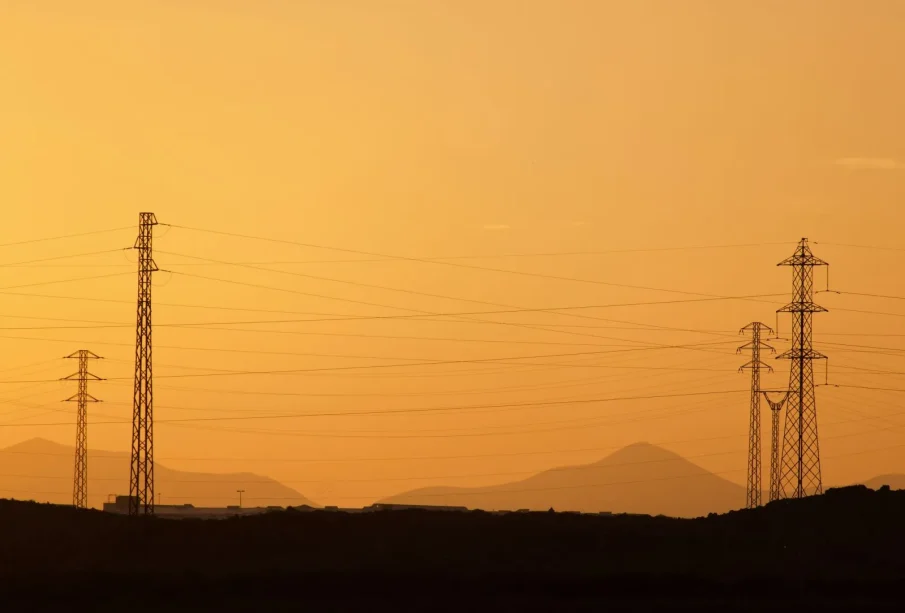The Calima Effect: Weather Implications in the Canary Islands

Introduction
The phenomenon known as calima significantly impacts weather conditions in various regions, particularly in the Canary Islands. This weather event, characterised by warm winds and dust clouds, originates from the Sahara Desert and can have profound effects on air quality, visibility, and local climates. Understanding calima is crucial for residents and tourists alike, as it influences outdoor activities and health outcomes.
Understanding Calima
Calima occurs when dry, sandy winds from the Sahara Desert travel across the Atlantic Ocean, bringing with them fine dust particles that can reduce visibility. The phenomenon typically manifests during the winter months and can last from a few hours to several days. Associated with rising temperatures and changes in humidity, calima can cause discomfort, especially for those with respiratory issues.
Recent Events
In early October 2023, the Canary Islands experienced a pronounced calima event that prompted health warnings due to diminishing air quality. The Spanish National Meteorological Agency (AEMET) alerted residents about the potential health risks, advising those with allergies, asthma, or other respiratory problems to remain indoors where possible. The visibility dropped significantly, impacting travel and daily activities across the islands.
This specific calima event was exacerbated by unusually high temperatures, which reached record highs for the season. Experts noted that climate change may be influencing the intensity and frequency of such weather events, making it vital for local authorities to adapt and prepare for the changing climate.
Health and Environmental Impacts
Calima not only affects weather but also poses serious health risks. Airborne dust can carry harmful particles, potentially leading to respiratory distress. Moreover, calima can affect agriculture by damaging crops and reducing agricultural yields due to sandy deposits on plants. Residents and officials are continually working on strategies to mitigate these risks, including public awareness campaigns and improved forecasting methods.
Conclusion
As climate patterns evolve, it is essential for residents and visitors to understand the calima phenomenon and its implications for health and the environment in the Canary Islands. Monitoring and preparing for calima events, especially given their potential escalation linked to climate change, remains a priority for local authorities and public health officials. In staying informed, the community can better navigate the challenges posed by this daunting yet fascinating weather phenomenon.









